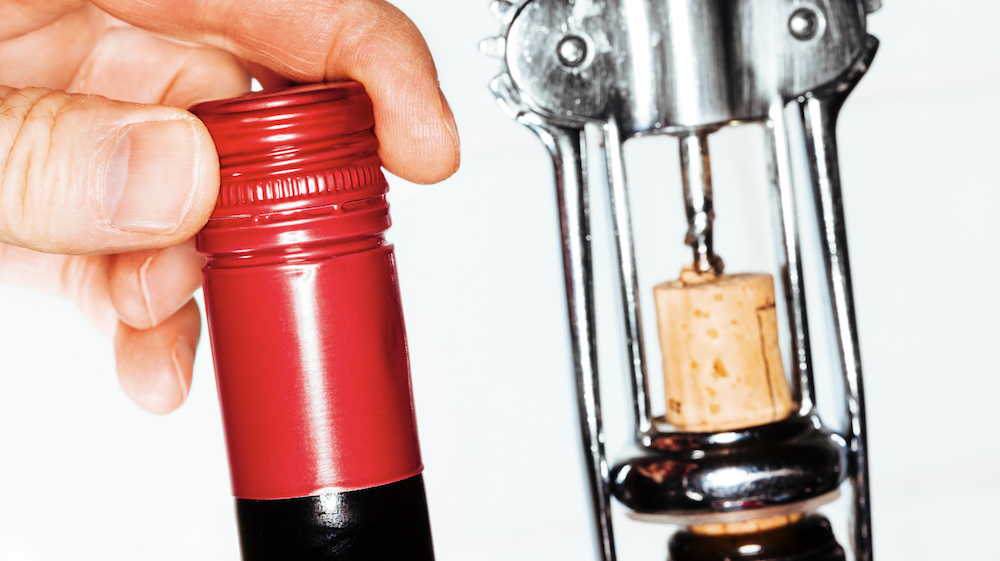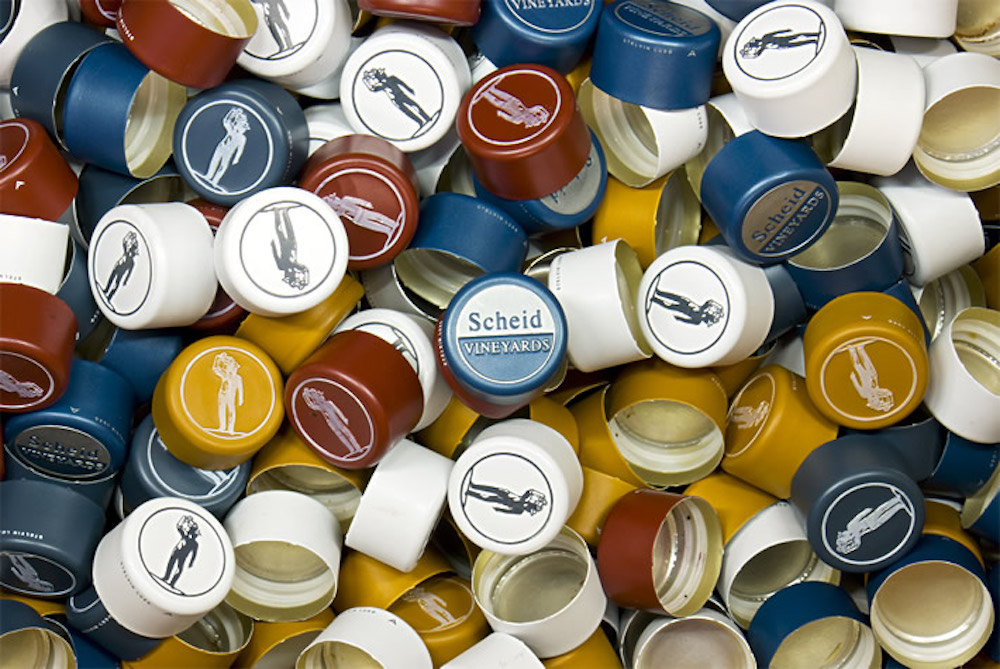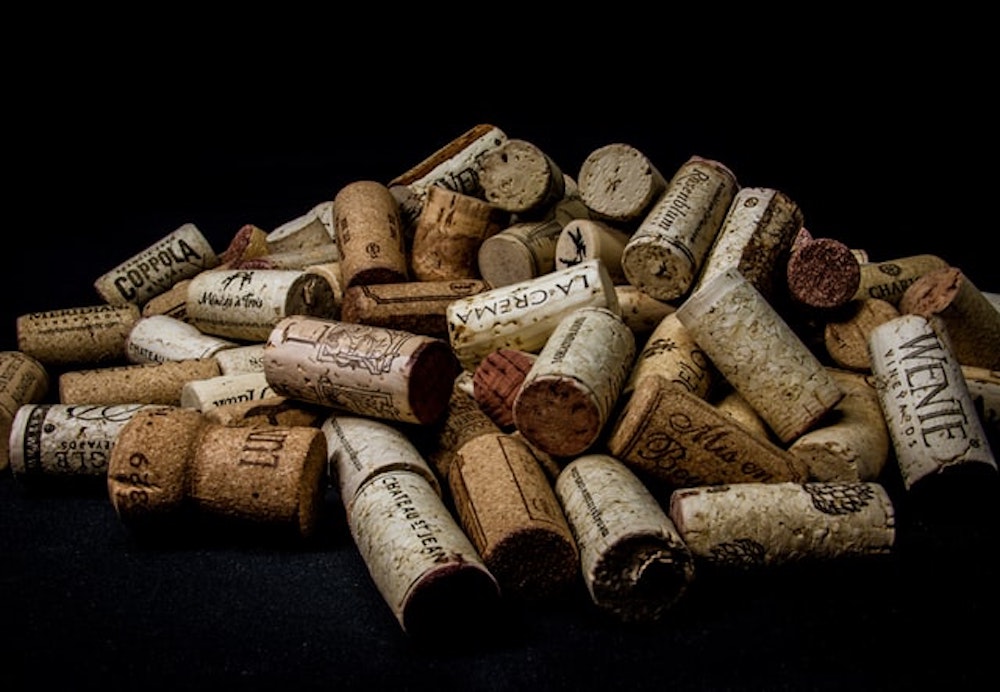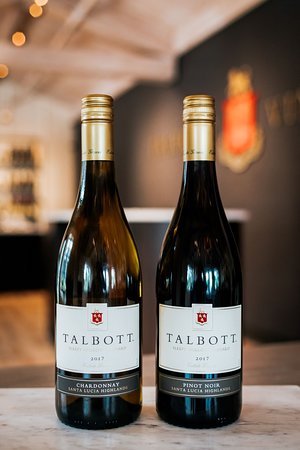
May 27, 2022 – In addition to being half a year ahead of us in the harvest, the Kiwis and Australians are also way ahead of us when it comes to wine packaging. Naturally resource constrained, they’ve also been forced to confront labor shortages, drought and fires before we have.
Being a former penal colony, Australia doesn’t have that same “tomorrow is another day and things are sure to get better” attitude that we have here in the US. They see a threat as something to be met head on, rather than something to have a political discussion about. So when they had problems with TCA (trichloroanisole) contamination on corks ruining their precious Shiraz, Grenache, Chards and Sauvignon Blanc, they pretty much made the switch to screw caps.
Now more than 70% of Australian wines are screw capped. For New Zealand, also home of intensely aromatic Sauv Blanc and awesome Pinot Noir. that number is 90%. I revel in that. At this point, about one third of the world’s wines are bottled in aluminum closures. The trend is up.
One really good thing about screw caps is you never have to worry about the slightest amount of corkiness, oxidation or mustiness that can result from a cork contaminated with TCA, or a cork not properly fitting in the bottle or a cork that has some other defect that gets imparted to the wine. Study after study shows that Stelvin closures (aka screw caps) reduce the rate of oxidation in wines and keeps them fresher.
Yes, you can pay more for certified corks that allegedly are TCA free—Big Basin Vineyards does this and I know many more wineries are considering it—but there is still the small chance you will experience one of those other problems mentioned above. Plus, let’s face it. Screw caps are way easier to open and it’s way easier to reclose the bottle than to try and fit a suddenly expanding piece of tree bark or synthetic cork (I hate those things) back into a bottle. Easier to store, a screw capped bottle will not leak if it happens to tip sideways in your cooler, and will usually fit in those small travel fridges you find in motels. Just saying…
As much as we love the idea of cork and the romance of using a corkscrew—well, for some people who don’t open as much wine as I do, it might be romantic—the time has come for screw caps. They cost less and are much more efficient all around for the consumer.
Wineries small, medium and large are increasingly turning to screw caps. Scheid, for example, does the majority of its retail brands that sit on grocery shelves in screw cap, including Sunny With a Chance of Flowers and District 7. J. Lohr finishes many of their mass-market wines in screw caps and Bernardus is also going that way. Morgan uses screw caps for Sauvignon Blanc and Albarino, and some smaller wineries use screw caps for at least their aromatic whites, to avoid any hint of taint.
We chatted with some of our local wineries to get their take.

Marty Mathis of Kathryn Kennedy told us that he started using screw caps with vintage 2013 of his Sauvignon Blanc, followed by the 2016 Small Lot Cabernet Sauvignon, then most recently his 2018 LATERAL. That was a pretty big deal for such an investment wine. Most all his M. Mathis Winegrower bottlings will be under screw cap, including his beloved Gruner Veltliner.
He told us he’s absolutely using this type of closure for more of his wines as time goes on. “For sure. I’m all in. The only wines I prefer 2-inch top level expensive corks are the 25 year aging potential Estate Cabernets and probably the upcoming Godello.”
Asked what made him turn to screw caps, Mathis told us, “Cost, convenience for the consumer, avoiding TCA, seeing other wineries do it. But TCA mostly and convenience. Mainly I got tired of seeing all my work, and the hard work of the many many others along the process, be tripped up by that little step, the last step, the cork. I got tired of losing customers who were disappointed in my brand… perhaps not even knowing why.”
He shares an anecdote from a particular event that tipped him over. “It was a winemaker dinner where I’d been speaking for 20 minutes about a certain Merlot. The long evening event was coming to an end and the host restaurateur noticed that I did not have a glass of wine in my hand. She poured me some of the subject Merlot and it was noticeably corked. Not one of the 50 guest had said a word while I chatted on and on about my great Merlot. The event was ending and I knew there was no use saying something and repouring fresh bottles, so I said goodnight. That was really powerful and I blame the cork industry for hurting my long fought for reputation with those 50 people.” As for consumer and retailer reaction to his switch to screw caps? He says it’s almost all positive.

Randall Grahm of Bonny Doon Vineyards and now The Language of Yes (all screw caps), was candid, as always. He told us that the initial guinea pig wine for Bonny Doon was the 2000 vintage Big House Red. “We went big, did the entire production—45,000 cases, if memory serves—of Big House in screw cap. The next year we bottled Cigare and everything else in screw cap.” That was a bold move, but it was in response to the debacle of the 1990s, when some wineries, David Bruce among them, had large quantities of a vintage utterly ruined by that failed piece of bark. Having to take back pallets of wine for fear of selling yet another corked bottle to a customer nearly bankrupted the company.
Says Grahm, “If you recall, the decade of the ’90s saw utterly ridiculous cork quality, where it was estimated that one cork in ten was bad. 10% failure rate!! I was so fed up I went with synthetic closures, Supremecorq, a closure that proved to be as problematic as cork but in a different way. The bottles had sometimes extraction problems but more tragically, they were prematurely oxidized. So corks were a no go, synthetic closures were tragically flawed.”
At that point, he felt that there was really no other option but to consider screw caps, which by then had been around for quite a while and had been well studied in the NZ and Australian markets. Says Grahm, “They were known to be a good technical closure; the only issue was the one of consumer acceptance. I saw this as a solvable problem and great marketing opportunity. PlumpJack beat me by a year by bottling 150 cases of their Cab in screw cap, but we were the first to really do a premium wine at such large scale.”

The Bonny Doon website explains the use of screw caps this way: “Are You Getting Screwed? Well, the answer is really yes and no. If you have shrewdly purchased one of the our estimable products crafted by the screw-pulous, exacting winemaking team at Bonny Doon Vineyard, you will notice that the bottle is sealed with a screw cap. Rest assured that the screw cap is in no way an inferior form of closure to the more prevalent 17th century technology, commonly referred to as a ‘cork.’”
In typical Grahm fashion, he uncorked quite a fuss with his “Funeral for the Cork,” event in New York City, on October 2, 2002, that announced the end of use of corks at Bonny Doon. A gray 1937 Buick hearse pulled up to Grand Central Station, carrying a casket. One of the pallbearers was Grahm himself. Wine writer Jancis Robinson gave the eulogy for “old barky,” as they ignominiously referred to the now demised cork closure.
Recalls Grahm, “It was a great coup de theatre and garnered a lot of publicity. We had been confronted with a ‘must succeed’ situation having put all the chips on screw caps.) But it turns out, I really enjoyed and continue to enjoy their performance. The wines live longer, stay fresher and we’re not obliged to use quite as much SO2. I remain content.”
So much so that he never even considered using anything but screw caps for the Language of Yes wines. His actual answer was, “Nope. #languageofno”
Alexis Carr of Soif weighed in on the subject as well. Asked if she was seeing and buying more wine with screw caps she said, “Yes, I have definitely seen more producers presenting wines with screw caps. While it is still a smaller proportion of what we buy compared to bottles with corks, we are definitely buying more wines with screw caps at Soif. I would say we buy slightly more whites and roses with screw caps than reds, but we are seeing and buying more and more quality screw cap reds. For example: Kathryn Kennedy’s Small Lot Cabernet Sauvignon is a staple in our shop and our wine by-the-glass program.”
What is the reaction of the Soif customer to such closures, once considered by nearly every premium wine drinker (including my formerly less educated self) to be gauche? Says Carr, “I believe customers are getting more comfortable with them, and often appreciate having them as an option for when planning a camping/hiking/outdoor event. However, I think there is still a maximum price people are willing to pay for a wine that has a screw cap compared to a wine that has a cork. From what I have seen, customers definitely still view wines with corks as being worth a higher value than wines with screw caps.”
Nicole Walsh of Ser has a unique perspective, because she was there at the Death of the Cork at Bonny Doon Vineyards and set up the screw cap bottling line. “For me, when I started Ser, I was happy to bottle under screw cap for my whites, but I initially bottled the reds with natural cork, because I felt that the wines needed some O2 to evolve and I was hoping to get them ‘ready to drink.’ Over time, it was more of logistics whether I was going to bottle under screw cap or cork. In the future, I would be happy to bottle again under screw cap, but again logistics (finding glass right now is not so easy!). In a perfect world where I had both options on a bottling line, my choice would come down to the wine and what level of protection I want with respect to O2 ingress. Screw caps, depending on the liner (Saranex is meant for wines to be consumed in one to three years, and Saratin, the tightest, meant for longer aging), the O2 ingress is almost zero. Sometimes if I have a wine that has been reductive or needs more O2 to evolve, I would choose at a minimum Saranex, or cork.”

Winemaker Dean De Korth of Bernardus tells us that most everything except Marinus/Signature Marinus and the single vineyard Chardonnays and Pinot Noirs from the SLH will be screw caps going forward. They also have new labels as of the 2020 vintage, with the 2020 Griva Vineyard Sauvignon Blanc, the 2020 SLH Rosé and 2020 Pinot Noir from Arroyo Seco, all with the big B.
Says De Korth, “We started using screw caps on our Sauvignon Blanc on the 2004 vintage. We switched to screw caps on the Monterey Chard in 2014 and Santa Lucia Highlands Pinot Noir in 2017. We have had no push back to this change, which was first begun to combat cork taint issues. We also use them for several small production wines, such as our Rosé, Cabernet Sauvignon and Merlot (both from our estate vineyard).”
However, cork has its place, says De Korth. “We do still bottle our more expensive single vineyard designate wines with corks for now, as people do seem to want a cork in a more expensive bottle of wine. That said, we do use the finest corks available, but are always looking to the future, so nothing is off the table.
You would think everybody making aromatic whites and rosés would be doing this by now.”
Rebecca Gilbert, director of marketing at CRU Winery, whose tasting room is in the former Paraiso spot in Soledad, told us they started using screw cap in 2010. The first wine bottled with aluminum closures was the Albariño. A few years later, they added the Unoaked Chardonnay. Says Gilbert, “We currently use screw caps on the majority of our wines that are distributed and sold in restaurants and wine stores throughout America. We also use them on our aromatic wines including Viognier, Albariño, and Rosé.”
They made the move towards screw caps for cost, convenience for the consumer, avoiding TCA and seeing other wineries do it. “We began using screwcaps and ultimately bottled more wines with screw cap closures after getting feedback that it was more desirable and efficient for the majority of restaurants that carried CRŪ wines,” says Gilbert. “We also wanted to retain the bright crispness in our aromatic wines and Unoaked Chardonnay, which we’ve seen is better preserved with screw caps.”

And then, there’s Talbott. Former VP of Sales, Matt Viotto, who started at Talbott in 2010, remembers it well. “I was at Talbott when we went to screw cap. Initially, Robb was not for it, but Dan (Dan Karlsen, winemaker pushed it. However one night while Robb was at a big wine event, he brought a 90 Le Montrachet he’d been saving for such an occasion that was terribly corked and he was so upset he called me right away and said, “Do what you want with screw caps!’”
So Dan bottled all the Kali and the Diamond T wines that year in screw cap. Viotto says they had no issues with the Kali wines. “But we did have a couple of the Diamond T customers push back a bit. We tweaked the style slightly in that time as well, a little less oak and more minerality/acidity. We did this change in 2011. We gained some fans and lost others. The idea here was that we believed so fully in the closure that we put it on our high end and our lower end wines.”
It was a really a shock that Talbott was going all the way in retreat from cork. Viotto says it was a matter of education and adjustment. Change, while always necessary, is usually hard. “The really knowledgeable folks got that we wanted to preserve and have a perfect bottle every time at the high end. Where we had the most pushback was with the Sleepy Hollow tier. That $50/btl buyer really wanted the cork, however, we had no issues at all selling the wines. At one point Dan was adjusting the SO2 levels down on the first wine off the bottling line because we were selling out so fast! We liked to say we were ‘truck aging’ the wines.”
The following year, we went all screw cap. Everyone thought Dan was crazy anyway, like a fox, maybe. “We both believed in it and saw the data and were very persuasive. It was really a ‘no brainer,’ as Dan loved to say,” recalls Viotto.
“As you know Dan and his way with words, his philosophy was, ‘Why would I spend a year protecting, nurturing and coddling a wine just to shove a piece of tree bark into it?’”
Brings new meaning to twist and shout.
About the author
Laura Ness is a longtime wine journalist, columnist and judge who contributes regularly to Edible Monterey Bay, Spirited, WineOh.Tv, Los Gatos Magazine and Wine Industry Network, and a variety of consumer publications. Her passion is telling stories about the intriguing characters who inhabit the fascinating world of wine and food.
- Laura Nesshttps://www.ediblemontereybay.com/author/lness/
- Laura Nesshttps://www.ediblemontereybay.com/author/lness/
- Laura Nesshttps://www.ediblemontereybay.com/author/lness/
- Laura Nesshttps://www.ediblemontereybay.com/author/lness/


